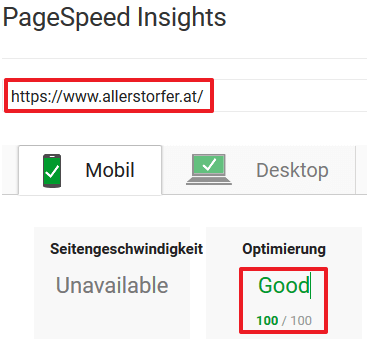
- Exiftool ubuntu 2018 how to#
- Exiftool ubuntu 2018 install#
- Exiftool ubuntu 2018 driver#
- Exiftool ubuntu 2018 trial#
And for good measure, here are two commands to rotate all images in a directory by 90 degrees and to reduce their resolution: # Resizeįor file in *.jpg do convert $file -resize 50% $file echo $file doneįor file in *. file on a Ubuntu system, where the exiftool extraction works correct. … from all jpg files in a directory: exiftool -Orientation= -thumbnailimage= -ifd1:all= -overwrite_original *.jpgĪnd with this command, all images in a directory are finally oriented the same way. When i run the import i get this log: 8:17:12 - INFO -> Found 2 files. The orientation information for the main image GIMP 2.10 can be installed as a snap package in all currently supported versions of Ubuntu or as an apt package in Ubuntu 18.10 and later.After a bit of digging I found the proper command line options to remove Exiftool just removes the orientation tag of the standard image but not of the thumbnail. It turned out that some cameras save a thumbnail image inside a jpg file which has its own exif section. So when I had a bit of time on my hand I dug a bit deeper to find out why just removing the ‘orientation’ tag did not work. But removing all exif information is a drastic overkill and removes information that could be worthwhile in the future such as the date and time the image was taken, the smartphone or camera model used, etc. Having been a bit desperate at first, this made me remove just all exif information from images to get the desired result. Unfortunately, only removing the ‘orientation’ tag doesn’t work in all cases. On Linux, there’s exiftool, a great command line tool that can batch-remove exif tags in files. The way to fix this is to remove all orientation information in the exif part of the image file. In many cases, some images are still not properly oriented even after manually rotating them. Once imported to the PC, the orientation of individual images differs and one has to correct for this manually. One of the downsides is, however, that the orientation sensor often gets confused by holding the camera horizontally and saves random orientation information in the Exif part of output file.
Exiftool ubuntu 2018 driver#
Changing it to the e1000 virtual network driver solved the problems.Įnter your email address to subscribe to this blog and receive notifications of new posts by email.Taking overhead pictures of documents and books with a smartphone or camera is often much faster than using a scanner.
Exiftool ubuntu 2018 trial#
However after trial and error, I found that the virtio virtual network driver was to blame. I found it really hard to diagnose and searched endless for “kvm libvirt networking problem” or “kvm libvirt networking disappeared” or “kvm libvirt networking failure” etc. This happened on both Ubuntu 12.04 and 13.04 machines which and been completely updated. Until, I found the fix, I had to connect to the VM using VNC and then reboot it and everything works for a little while again. The vm is still running but essentially it’s unreachable over the network (just like if you have pulled out the network cable of real computer). We’ve had a problem with some of our KVM Virtual machines where the network connection just disappears. $output = exec(sprintf('optipng -strip all %s', escapeshellarg($_image_path)))
Exiftool ubuntu 2018 install#
So we will install with apt command like below. Ubuntu, Debian, Mint, Kali exiftool is provided from the package named libimage-exiftool-perl.


You can install optipng on Ubuntu from source using this recipe.Īnd so again in php it would look something like this: Install exiftool supports most of the operating systems like Windows, Ubuntu, Fedora etc. The best tool for removing exif information from. $output = exec(sprintf('exiftool -all= %s', escapeshellarg($_image_path))) You can then strip exif meta from a jpeg using the command: There is a version in the Ubuntu repositories – so it is super easy to install. There is a really good tool called exiftool. I have found these two tools really useful to do this and this is a quick outline of how we used them: As a precaution it is a good idea to strip all EXIF information from any images that are uploaded to your website.

You describe this as an EXIF injection attack. Modify the required parts of the command used in this article to make this work. We’ll be using the CR2 format (Canon RAW files) in this article, which is good.
Exiftool ubuntu 2018 how to#
There is a method of hacking php using a security flaw in php in how it handles exif meta data embedded in jpeg, png or gif images. By the end of this article, we will know how to install ExifTool on Ubuntu / CentOS and manipulate file metadata.


 0 kommentar(er)
0 kommentar(er)
